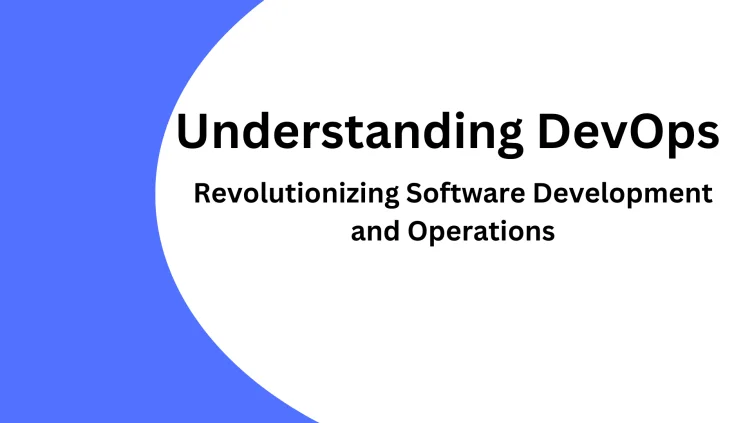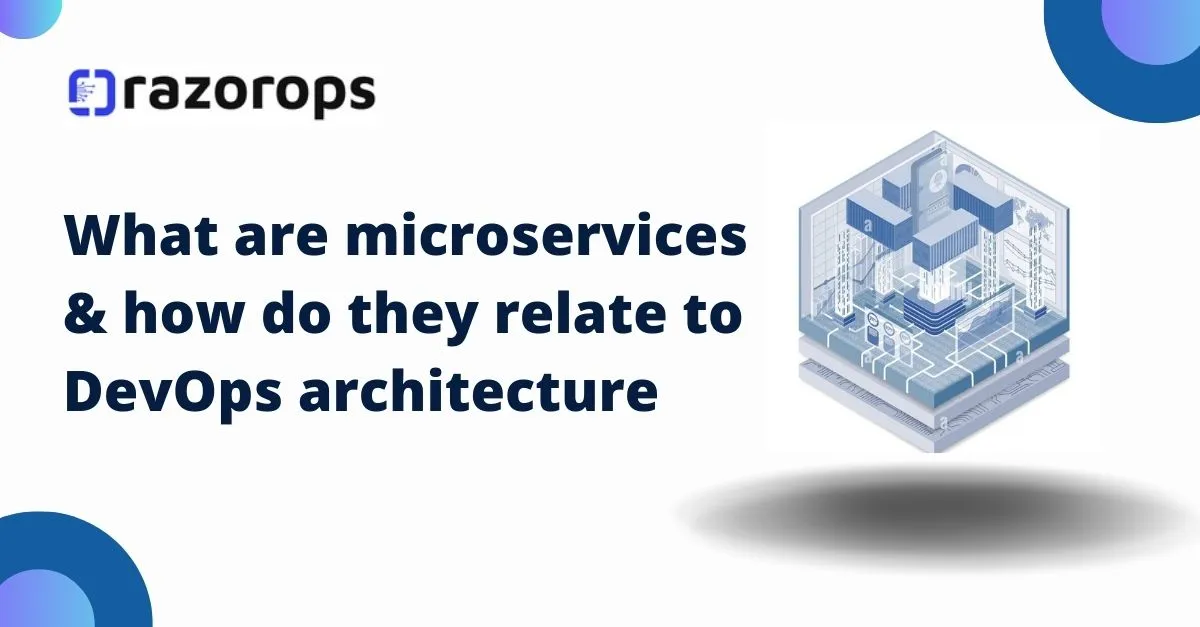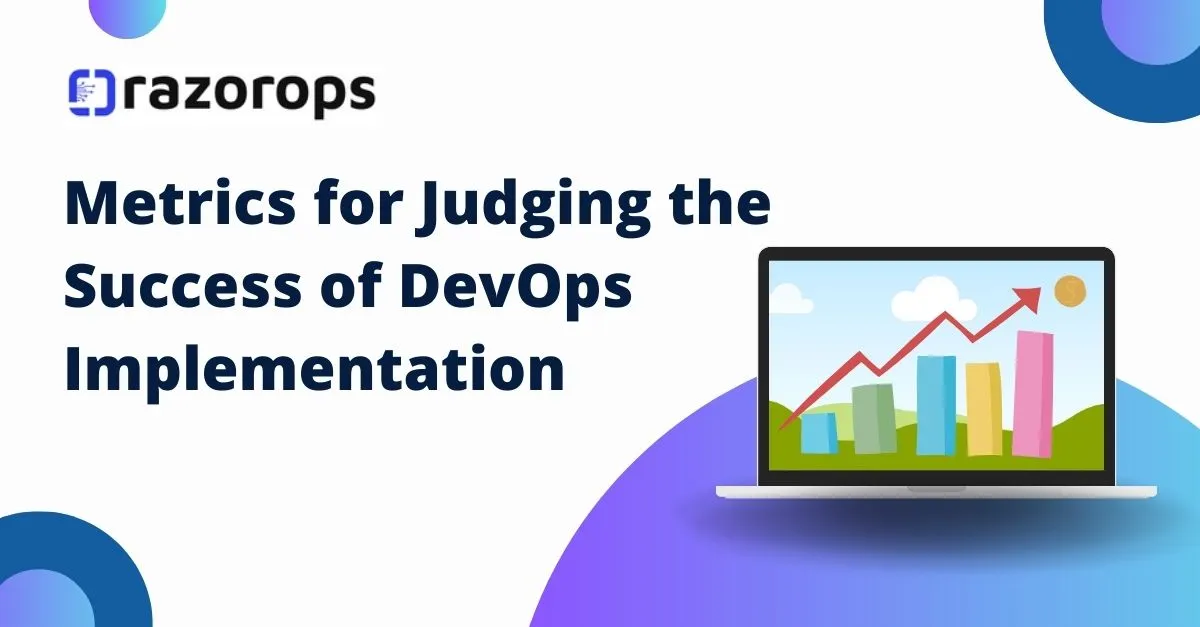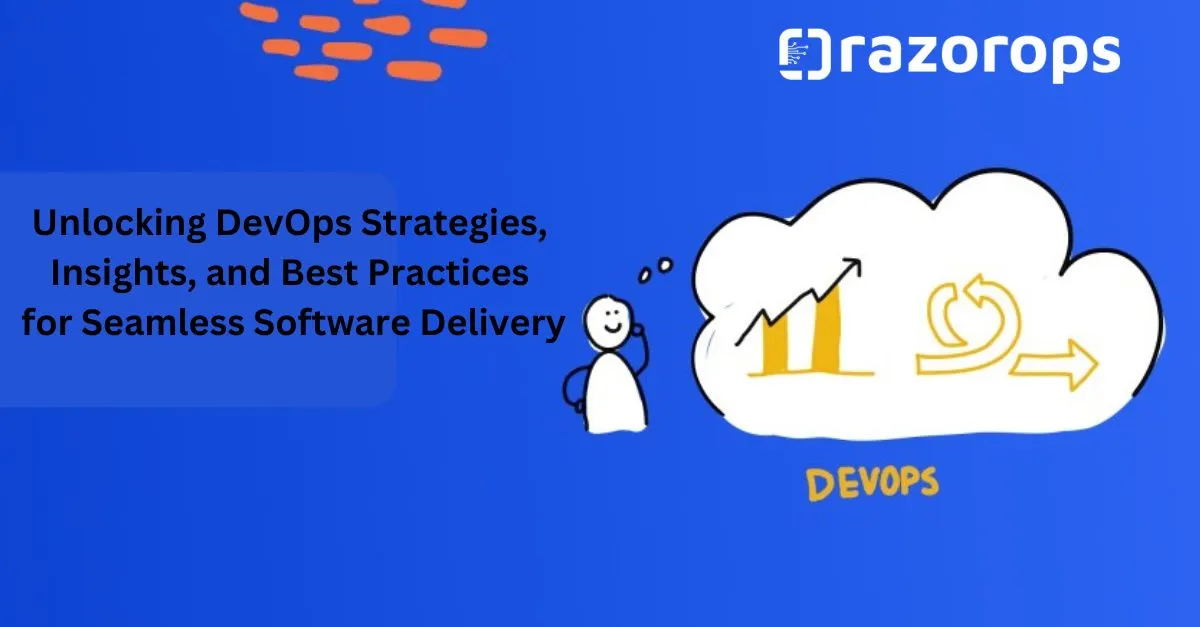Unlocking Efficiency and Collaboration The Power of DevOps
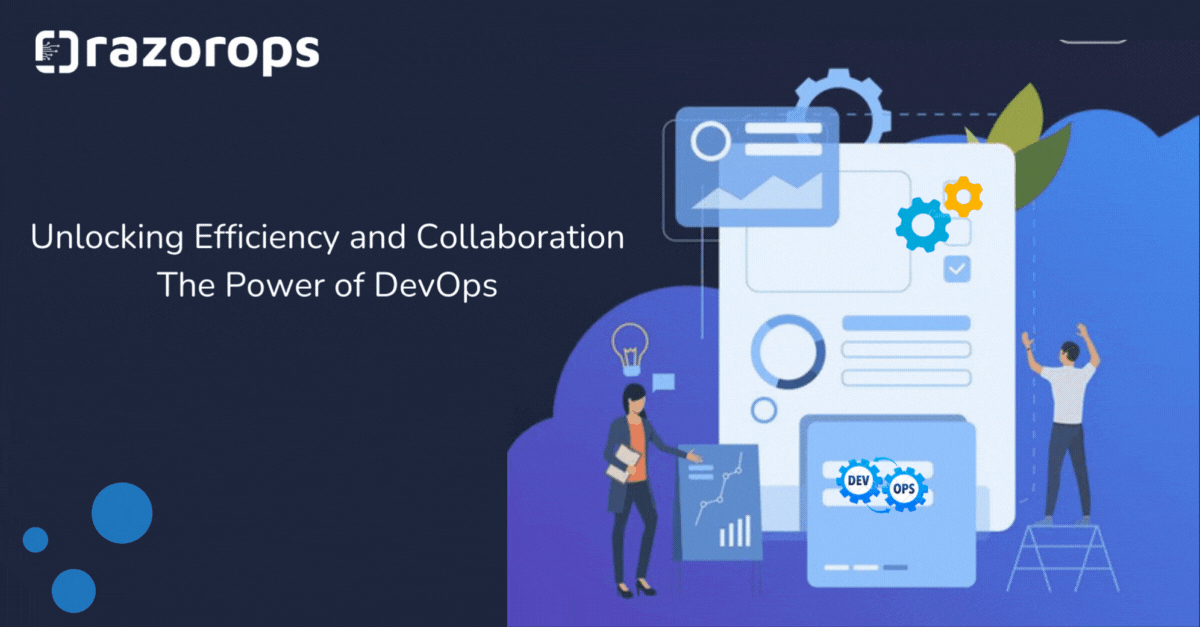
Software development, where agility and collaboration are paramount, DevOps has emerged as a transformative force. By breaking down traditional silos between development and operations teams, DevOps fosters a culture of efficiency, collaboration, and continuous improvement. In this blog post, we’ll delve into the power of DevOps and how it unlocks new levels of efficiency and collaboration within organizations.
What is DevOps?
DevOps, a portmanteau of “development” and “operations,” is a set of practices, tools, and cultural philosophies aimed at automating and integrating the processes between software development and IT operations. It aims to shorten the systems development life cycle and provide continuous delivery with high software quality.
Efficiency through Automation
One of the core tenets of DevOps is automation. By automating manual processes such as code deployment, testing, and infrastructure provisioning, teams can significantly reduce the time and effort required to deliver software updates. This automation not only accelerates the release cycle but also minimises the risk of human error, leading to more reliable and consistent deployments.
With automation, developers can focus on writing code without being bogged down by repetitive tasks, while operations teams can ensure that applications are deployed quickly and securely. This streamlined approach enables organizations to iterate rapidly, respond to market demands faster, and stay ahead of the competition.
Automation: The Engine of Efficiency
Automation lies at the core of DevOps, driving efficiency, reliability, and consistency across the software delivery pipeline. By automating repetitive tasks such as code builds, testing, deployment, and infrastructure provisioning, DevOps teams can eliminate human error, reduce manual effort, and accelerate time to market.
Continuous Integration (CI) and Continuous Deployment (CD) pipelines automate the process of building, testing, and deploying code changes, allowing teams to release software updates rapidly and frequently. Automated testing frameworks ensure code quality and reliability, enabling teams to detect and address issues early in the development cycle. Infrastructure as Code (IaC) tools automate the provisioning and configuration of infrastructure resources, making it easy to spin up and scale environments on demand.
Continuous Integration and Continuous Deployment (CI/CD)
At the heart of DevOps practices are Continuous Integration (CI) and Continuous Deployment (CD). CI involves automatically integrating code changes into a shared repository multiple times a day, allowing teams to detect and fix integration errors early. CD extends this concept by automating the deployment of code changes to production environments, enabling organizations to deliver new features and updates to users quickly and reliably.
By implementing CI/CD pipelines, organizations can achieve faster time-to-market, reduce manual intervention, and maintain a high level of quality throughout the development process. This iterative approach empowers teams to deliver software in smaller, incremental releases, gathering feedback from users and iterating based on real-world usage.
Unlocking the full potential of DevOps requires not only technical expertise but also a cultural shift towards collaboration, transparency, and innovation. By breaking down organizational silos, empowering cross-functional teams, and embracing a mindset of experimentation and continuous learning, businesses can harness the power of DevOps to drive innovation, accelerate growth, and stay ahead in today’s dynamic marketplace. Follow RazorOps Linkedin Page Razorops, Inc.



